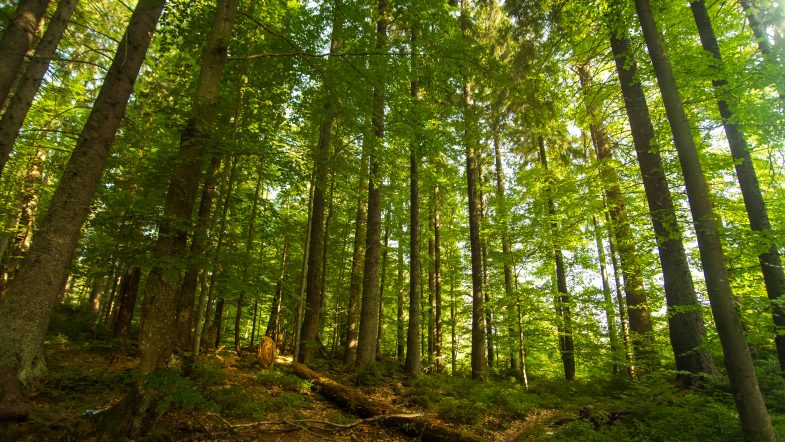PFA has bought two new forestry farms in the USA and now has a total of approx. 28,000 hectares of forest. The investment is expected to deliver stable long-term returns and CO2 capture, as the wood from the forestry will mainly be used for the furniture and construction industry
PFA’s pension customers have, via their savings, become co-owners of two new forestry farms in Alabama and Arkansas in the USA, which together with two forest investments last year bring the total area up to 28,000 hectares, which is the size of Langeland or just under 20,000 football pitches.
The total price for the four forestry farms is approx. 120 million dollars corresponding to approx. 825 million DKK, and the investment takes place as part of PFA’s strategic focus on long-term returns and climate considerations.
“These are some well-run forestry operations that we expect will deliver stable annual returns of approx. 5-7 percent to our customers. These are long-term investments, and we have spent a lot of time finding the right forestry that can meet our high demands for returns, climate and responsible forestry,” says Kasper A. Lorenzen, investment director at PFA.
PFA’s four forestry operations meet one of the two recognized certification standards for responsible forestry, which are the Forest Stewardship Council (‘FSC’) or the Program for the Endorsement of Forest Certification (‘PEFC’). Both standards have ESG requirements that support the UN’s Sustainable Development Goals.
Annual CO2 capture of at least 200,000 tonnes
Forests play an important role in solving climate challenges, as they absorb and store CO2, and wood is increasingly used as a substitute for metals and plastics in, for example, construction and furniture production.
Therefore, it is a focus for PFA that forestry primarily supplies wood to the furniture and construction industry, which will bind CO2 in the wood for many years to come. At the same time, felled areas will be replanted and will provide a net CO2 gain. Finally, approx. 5,000 hectares of forest to protect biodiversity, which PFA also focuses on through our support for various initiatives with a focus on biodiversity, including the declaration “Moving on Nature Together” in continuation of the UN’s COP15 in Canada.
“We are in the process of verifying the CO2 accounts of the forestry operations, but our initial calculations show an annual CO2 capture of at least 200,000 tonnes from 2025 and 20 years from now, because the wood is used for e.g. furniture and construction, and new trees are planted continuously. Many are in the process of developing new technologies that can extract CO2 from the atmosphere, but in reality forestry is a known and effective method for capturing CO2 if the wood is not burned,” says Kasper A. Lorenzen.
PFA will measure the CO2 absorption cf. Intergovernmental Panel on Climate Change (‘IPCC’) guidelines. IPCC guidelines are used i.a. by the Ministry of Climate, Energy and Supply to report Denmark’s official CO2 accounts to the EU and the UN.
It is the American forest manager Forest Investment Associates (FIA) that, on behalf of PFA, has purchased and operates the forests through a forest fund. FIA has more than 35 years of investment experience and specializes in forestry management that combines economic and environmental considerations. The PFA’s investments are unique because it sets requirements for both return, CO2 storage and certification, which has not been seen before by the FIA.
Source
